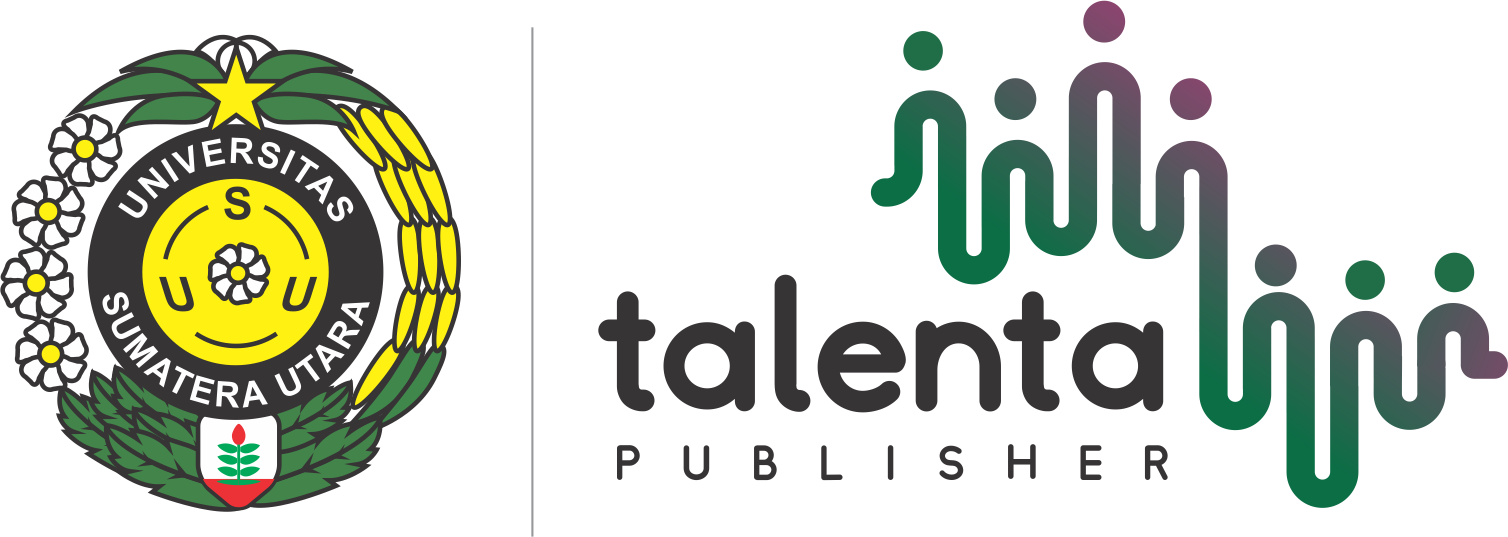Pengembangan Alat Pencacah Sampah Organik dan Anorganik Menggunakan Metode Quality Function Deployment (QFD) Fase II
| Authors | ||
| Issue | Vol 5 No 2 (2022): Talenta Conference Series: Energy and Engineering (EE) | |
| Section | Articles | |
| Section |
Copyright (c) 2022 Talenta Conference Series: Energy and Engineering (EE)  This work is licensed under a Creative Commons Attribution-NonCommercial-NoDerivatives 4.0 International License. |
|
| Galley | ||
| DOI: | https://doi.org/10.32734/ee.v5i2.1578 | |
| Keywords: | : Sampah Organik dan Anorganik QFD Fase II Alat Pencacah Sampah Organic and Non-Organic Waste QFD Phase II Waste Counting Tools | |
| Published | 2022-12-13 |
Abstract
Indonesia merupakan negara penyumbang sampah plastik terbesar kedua setelah tiongkok, rata-rata sampah yang dihasilkan Indonesia sebesar 3,21 juta metrik ton/tahun. Tentunya hal tersebut bukan prestasi yang patut dibanggakan karena permasalahan tersebut sangat berdampak terhadap tingkat kesadaran masyarakat indonesia untuk mengurangi sampah plastik. Pencemaran lingkungan dengan jumlah limbah yang banyak akan menimbulkan bau yang tidak sedap dan berbahaya bagi kesehatan. Sampah terbagi menjadi dua yaitu organik dan anorganik. Oleh karena itu, diperlukan pengelolaan sampah berkelanjutan yang ekonomis untuk bahan pembuatan pupuk organik atau bahan daur ulang. Tujuan dari penelitian ini adalah untuk mengembangkan rancang bangun desain mesin pencacah sampah organik dan anorganik dengan metode Quality Function Deployment (QFD) Fase II. Hasil yang diperoleh dari metode Quality Function Deployment (QFD) Fase II menghasilkan beberapa komponen kritis sehingga komponen kritis dengan nilai derajat kepentingan tertinggi yaitu pada atribut ukuran komponen dan kompleksitas desain sebesar 24% dan 21%. Maka dari kedua hal tersebut penting diperhatikan dalam mendesain alat pencacah sampah organik dan anorganik.
Indonesia is the second largest contributor to plastic waste after China, with an average of 3.21 million metric tons/year of waste generated by Indonesia. Of course, this is not an achievement to be proud of because this problem greatly affects the level of awareness of the Indonesian people to reduce plastic waste. Pollution of the environment with a large amount of waste will cause unpleasant odors and be harmful to health. Waste is divided into two, namely organic and non-organic. Therefore, an economical sustainable waste management is needed for materials to make organic fertilizers or recycled materials. The purpose of this research is to develop a design and design of an organic and non-organic waste counting machine using the Phase II Quality Function Deployment (QFD) method.. The results obtained from the Phase II Quality Function Deployment (QFD) method produce several critical komponens so that the critical komponens with the highest degree of importance value are the attributes of component size and design complexity of 24% and 21%, respectively. So, from these two things, it is important to pay attention to the design of organic and non-organic waste counting equipment.






